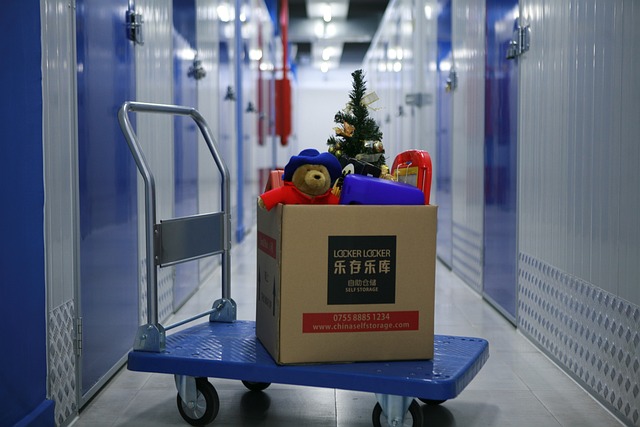Storage units are often viewed as temporary solutions for situations like moving houses, downsizing, or being temporarily relocated. However, many individuals integrate storage into their daily lives as a regular part of their routines. They find it to be convenient and beneficial for enhancing their daily experiences. When properly managed, long-term storage can provide the freedom and additional space necessary for a proactive and fulfilling lifestyle.
Many individuals perceive planning as tedious, and the allure of simply tossing unused items into garbage bags and out of sight can be enticing. However, it is important to pause and devote a few moments to effective planning in order to appropriately manage your long-term storage. Here are some guidelines to ensure you do it correctly.
Pack Properly
Make sure to adequately pack all the items you are storing. It is important to avoid using bin liners, as stated earlier.
Declutter first
When preparing items for long-term storage, it is important to refrain from simply storing everything without considering its necessity. This can be particularly challenging for individuals who tend to hoard, as they envision potential future situations where every item they possess may come in handy. However, in contrast to short term preservation packing, packing for long-term storage actually presents a great opportunity to declutter and make thoughtful decisions about what to keep.
Avoid plastic
When it comes to storage, it is best to avoid using plastic unless you are vacuum-packing. This is particularly important for porous items such as clothes or books, as Any moisture present can become trapped and create a musty smell, which is often associated with storing items in attics or lofts.
Clean first
It is essential to ensure that all items are properly cleaned and dried before storing them, including both clothing and furniture. Neglecting to clean off any coffee rings, for example, may result in a permanent mark on the side table.
Box by theme
Depending on the items you are storing, you can organize them either room by room or based on their specific categories. It is beneficial to group similar items together to ensure easy access to a particular set of belongings when needed.
Keep an inventory
You can be confident that you will recall all the items you have stored. After all, as the one who placed them there, you should have a good memory of their location, right? However, it’s inevitable that at some point, even with a great memory, you may struggle to remember where exactly you stored that box of champagne flutes.
Location
When storing items in a storage unit, it is important to not only document what you are storing but also keep track of its exact location. If you are using boxes, make sure to label them clearly with numbers and record their locations on your inventory list. This way, when you need to retrieve a specific item, you won’t have to spend hours emptying every single box in your unit.
Organise your layout
Once you have your items in your storage unit, it is important to organize them in a systematic manner. The size of your unit will naturally differ based on your needs. However, it is crucial to give equal consideration to the layout of both small and large units, as this will enhance the utilization of your space.
Furniture
Long-term storage is an excellent option for keeping furniture that you don’t currently have space for. However, it is beneficial to use dedicated unit furniture, such as racking, to effectively organize your belongings. It is not obligatory to purchase racking; you can rent it when needed. Racking is essential for utilizing vertical space for storage purposes and creating separate sections within your long-term storage unit.

